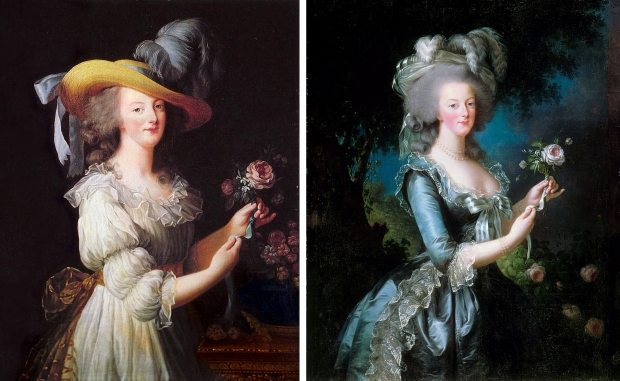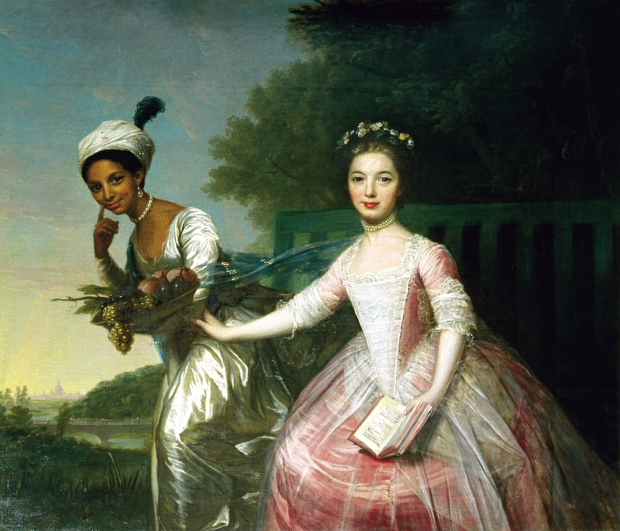Reflection:
Consider the previous 6 weeks; what your learning been
From a personal perspective, what has been the most interesting to you so far in this paper?
Definitely thinking about visual text contextually; what is the story behind it, what is the socio-political situation like at the time? For me, it adds more story and layers to the visual text.
Think about the content, readings, resources, tasks and approach, so far. Comment on what has worked for you? Why?
Referring back and using the readings, resources as a guide to some texts and visual texts had worked for me and given me more understanding. The tasks I cannot say the same for; some of them had very vague instructions. Or maybe I need more coffee.
What has not worked so well for you? Why?
Whilst I like the blog work and can see the purpose behind them but it can get tedious after a very long time and it feels bleh and have no motivation to do it after awhile.
How have your ideas, assumptions, knowledge’s and ways of working been challenged?
I feel like more ideas and knowledge have been expanded because of this paper; it made me search for more information, context until I feel satisfied that I have enough to go on. Assumptions are a hit or miss; it is either correct or completely wrong for me but that is why you research more!
What creative approaches have you taken when doing this paper?
None really but I have been preparing for a Matchbox exhibition while doing university work; mentally and physically challenging!
Explain how the approaches, strategies, skills and/or processes encouraged in this paper be useful to you in your other BDes/BFA projects/modules/papers.
Some papers will ask you for contextualization; be it an existing visual text or your own. Writing techniques and MLA citation learnt in this paper can be carried on to other papers – this can be blog posts, workbooks, etc.
Do you think you have a different or a new appreciation for a paper like this and its relevance to your desired art or design practice?
If it was more reading, research and less blog work, I think I would enjoy it more.




